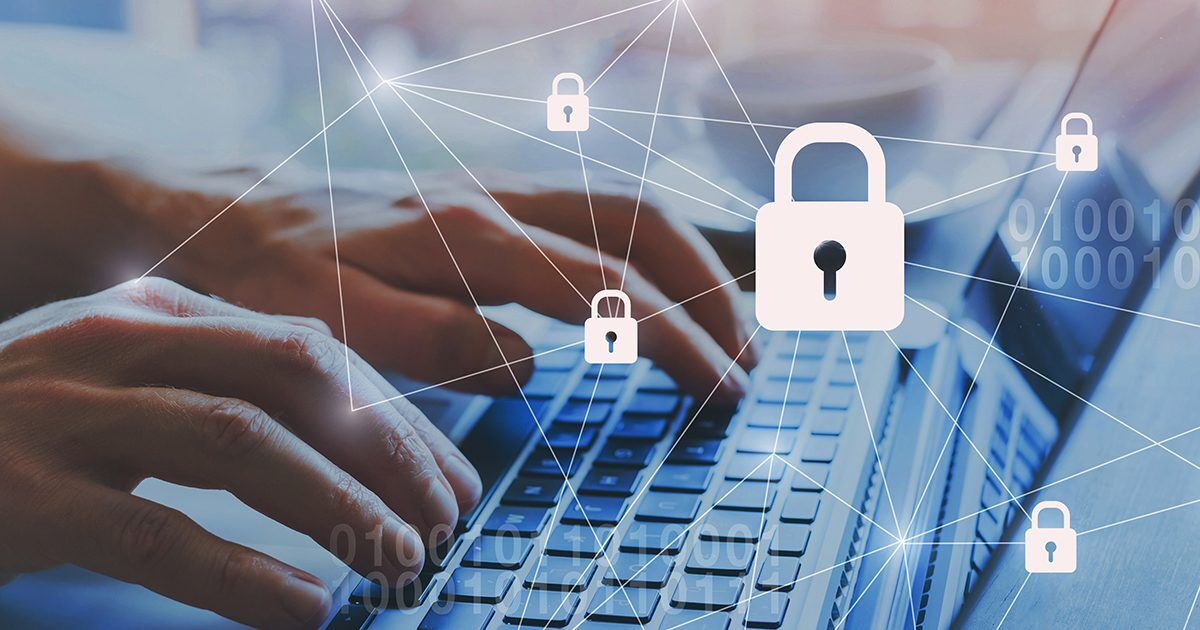
By converging physical and cyber security, organizations gain deeper business insights and better protection against sophisticated threats.
The practice of segmenting security teams into distinct physical security and cybersecurity groups has been the norm since the early days of IT. Within the last decade, however, the Fourth Industrial Revolution, advances in cloud technologies and the digital transformation trend have led to a greater awareness between the cyber world and real world.
For instance, in the context of the Internet of Things (IoT), cyberthreats more readily translate into physical consequences, and physical security breaches can also impact an organization’s cybersecurity defenses. According to the United States Cybersecurity and Infrastructure Security Agency (CISA), “The adoption and integration of IoT and Industrial IoT devices has led to an increasingly interconnected mesh of cyber-physical systems, which expands the attack surface and blurs the once clear functions of cybersecurity and physical security.”
Digital Transformation is Driving the Security Convergence Trend
The digital revolution has transformed the world in multiple positive ways, but it’s also brought about new threats. For example, earlier this year, the Colonial Pipeline experienced a ransomware attack that resulted in a six-day shutdown of its operations, draining supplies at thousands of gas stations across the Southeast. A cybersecurity consultant who responded to the attack confirmed that a single compromised password caused it. Hackers gained access to Colonial Pipeline’s networks through a VPN account, which allowed employees to access the company’s computer network remotely. Unfortunately, the VPN account didn’t use multifactor authentication, so the attackers could easily access the pipeline’s network after allegedly obtaining the username and password credentials from the dark web.
Today’s threats often keep one foot on each side of the physical and digital divide. According to research from Accenture, these blended threats require connecting data, building new capabilities and gaining new insights to allow security teams to better defend against attacks. Seventy-five percent of physical security leaders align with this vision, indicating that the convergence of physical and cybersecurity will reduce threats and vulnerabilities in the physical environment. In addition, over 60% of physical security leaders believe that this convergence will come in the form of data and new or emerging capabilities.
Unifying cyber and physical security unlocks powerful scenarios. For example, cyber teams faced with intruders can quickly connect the cyber footprint to a physical location. In addition, mapping cyber and physical presence against one another makes it possible to understand where the threats originate. For example, if an intrusive device is planted within an environment, the cyber teams can track its presence to its origin and identify those responsible for bringing it in. This provides a better view of the threat and more tools to protect valuable assets. Converging physical and cyber identity is an example of how organizations can better prepare for security threats through digitizing physical spaces and allowing digital security tools to extend to the physical space.
Cloud-Managed Meraki Cameras’ Role in the Converged Security Era
Combating today’s threats requires intelligent applications that can rapidly sift through overwhelming amounts of data that can’t be processed at the human level. Recent developments in artificial intelligence and machine learning can help security catch up.
Smart video cameras can be a valuable tool for monitoring the workplace to promote safety measures and several other initiatives. For example, Cisco Meraki MV cameras are being used in retail environments for counting customers and analyzing floor traffic patterns to help optimize in-store marketing. The same technology can be used to collect information supporting workplace safety policies, such as a social distancing policy requiring workers to stay at least six feet apart. The camera’s facial recognition features also can be used with identity management technologies to authenticate user access to the network.
Workplace monitoring also can help companies monitor employee behavior. For example, healthcare providers can use this technology to ensure handwashing and sanitizing procedures are being followed. Also, the MV cameras let admins view video quickly with motion recap, which summarizes activity into a single image, so admins don’t have to scroll through hours of irrelevant video to get answers.
Closing Thoughts
Converging security creates the opportunity for several advancements and paves the way to digital transformation. It also enables better processes for evaluating and implementing new technologies. Smart video camera technologies, like Meraki MV cameras and MT sensors, were built on the premise that robust security shouldn’t be complicated. Besides integrated security solutions, Meraki MT sensors are simple to deploy, cloud-managed from the Meraki dashboard and customizable for a variety of business needs. In addition, by utilizing the power of the Cisco Meraki platform, the sensors provide remote monitoring and flexible alerting. They also enable users to understand trends about their physical environment via data-driven intelligence without on-premises servers, dedicated gateways and management software.
Similarly, the Meraki MV family of intelligent cameras provides reliable security and valuable business insights with centralized cloud management. In addition, MV cameras utilize a powerful onboard processor (i.e., edge computing) to analyze video and provide valuable insights without the need to send video to the cloud or a local server. Technologies like these can serve as catalysts of change, transitioning a company’s IT from a cost center to a value creator.










































































































































































































































